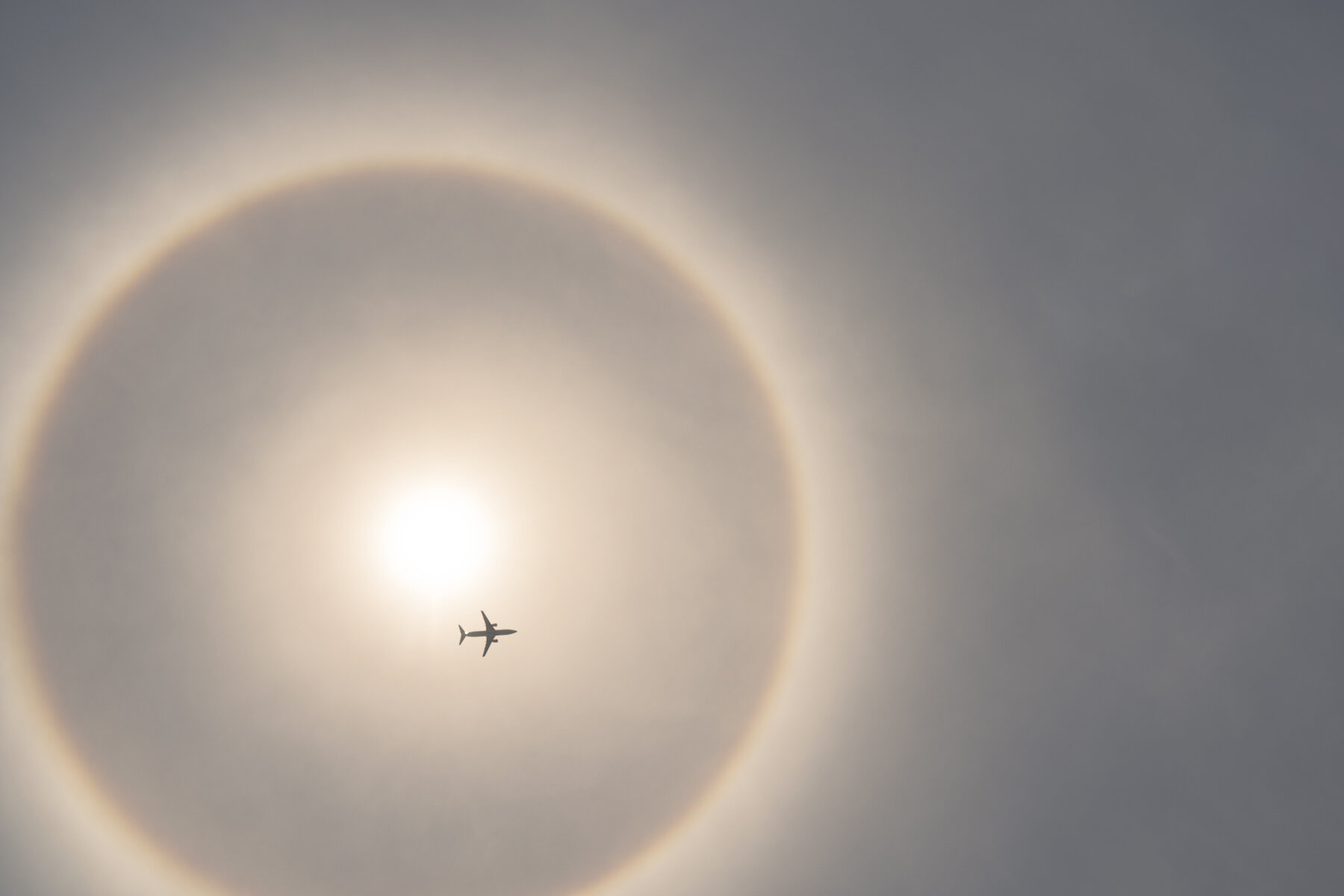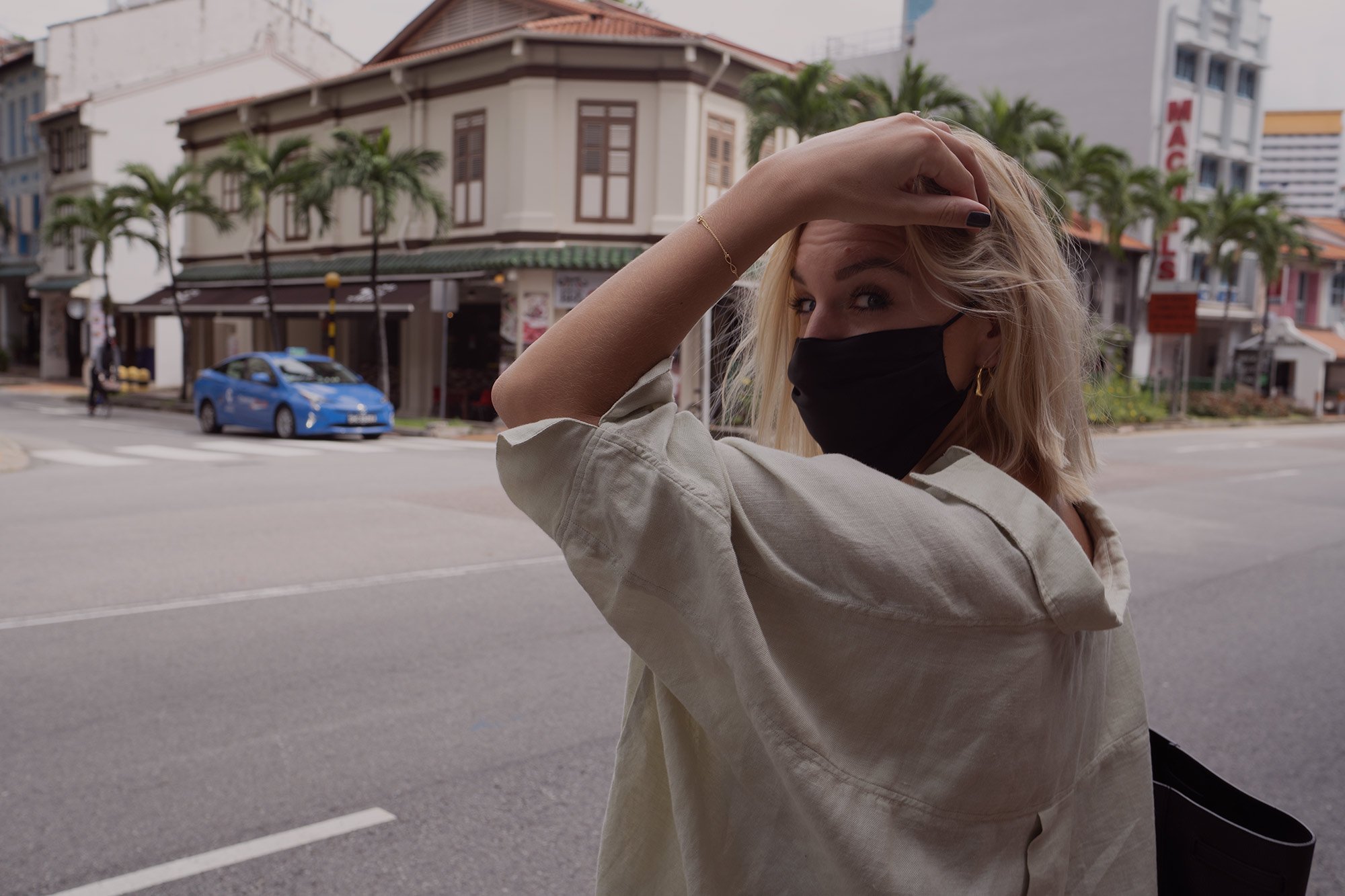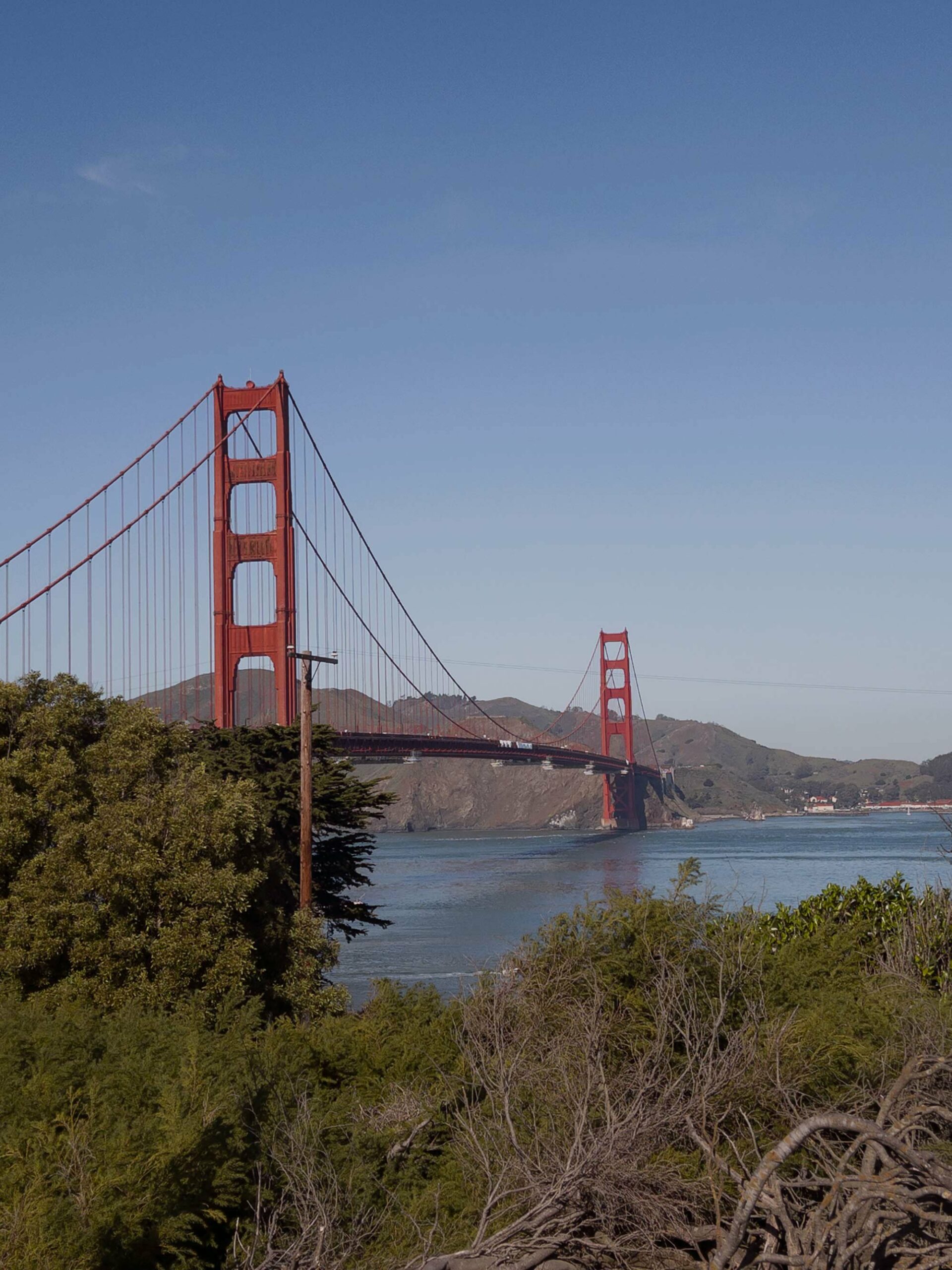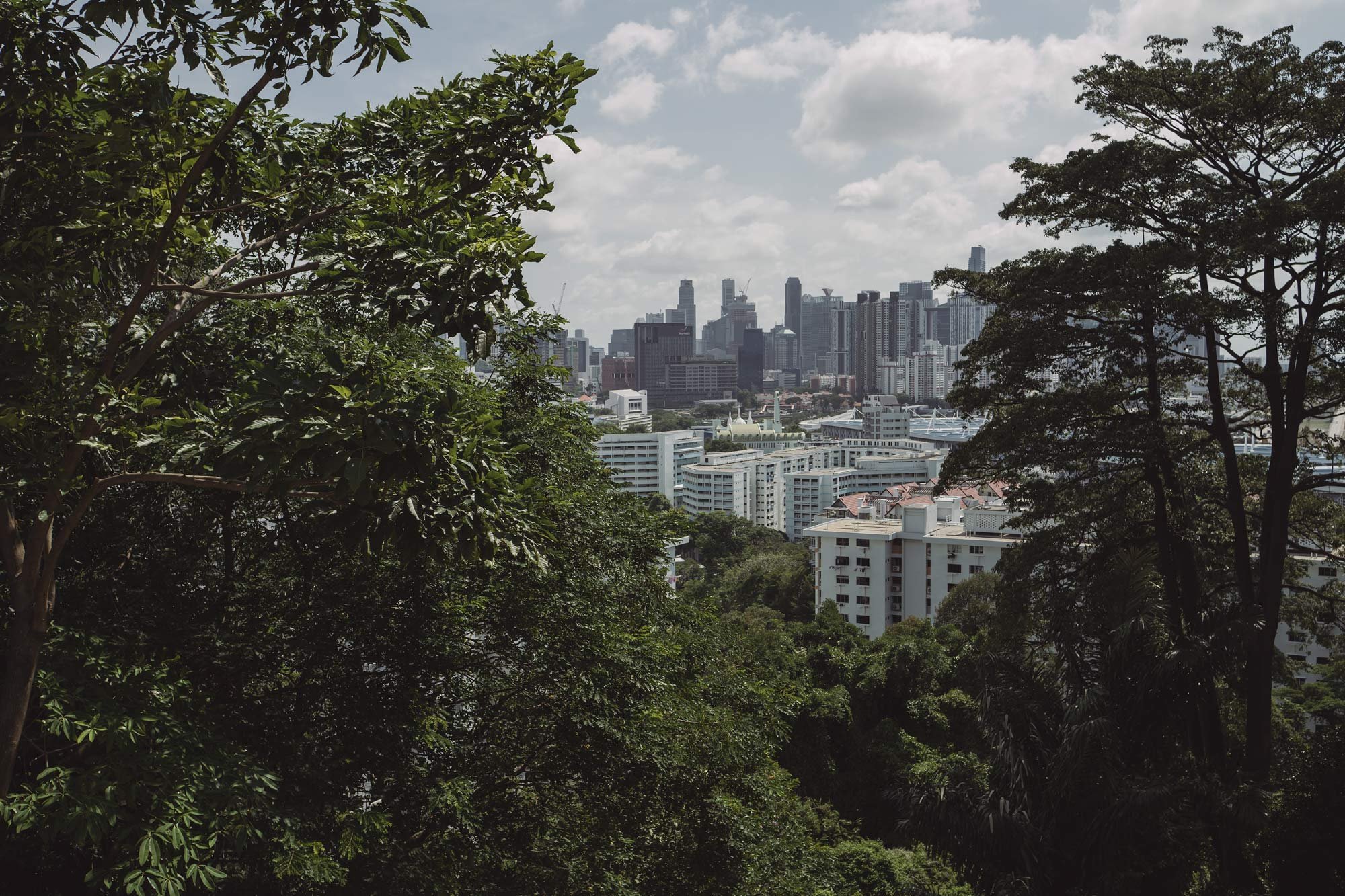‘Flycations’ just recently popped up as the latest industry trend during COVID-19. With no domestic flights to offer, city-states like Singapore seem to be the ideal fit to jump on board. But in times that airlines make massive losses and families have been separated for months, I wonder how this trend will actually meet people’s desires.
We are still stuck in Singapore, and with border restrictions in place, overseas vacations may be months away. Airlines make a massive loss, and according to Lufthansa CEO, it appears that particularly Asian countries slow the air recovery due to their strict closings. And unfortunately, it seems that the world is waiting for a vaccine or a treatment to move out of the paralysis it’s been stuck in for months. A dire outlook for the tourism and aviation industry, especially for city-states like Singapore that don’t offer any domestic flights ––– but where would those fly to anyway?
This is how the latest industry trend comes in play: A few airlines recently came up with the idea to offer “flights to nowhere” ––– and there have been rumors that this might be introduced in Singapore, too.
What is a flight to nowhere?
Essentially, a flight to nowhere is a proper flight that actually takes off but lands at the same airport, bringing its passenger up to the clouds and entertaining them with food, board entertainment, and lots of booze for a specific time (2-6 hours). Even though it’s not an actual trip, all passengers have to go through the normal process of checking in, immigration, and security, and the aircrew takes care of them as if it was an actual commercial flight.
What the???
Somehow, this idea drives me crazy. To say the least. Maybe it’s because we have been stuck in this city-state for too long already, and I can’t stand the fact that there might be options offered to even prolong the “grounded” time. But mostly, I simply don’t understand where the urgent desire to fly an airplane to nowhere comes from. Yes, we all miss flying, but for the traveling reasons (I assume?!), not for the actual part in which one is stuck in a tube at 10.000 meters high, sitting on the same seat for hours and eating not-so-great food?
Additionally, as far as I am concerned, the main reason for grounded airplanes and travel restrictions is because people all over the world fear catching COVID during the flight (or at their destination), and economies and countries not being able to oversee the impact on healthcare systems and ‘imported cases’. With a 2-3 hours flight being possible with the actual “normal” process in place, e.g., driving to the airport, checking in, contact with aircrew, being in an aircraft for a few hours, etc., I don’t understand the difference to any other journey? If I can catch COVID on an airplane (which is proven to be extremely unlikely), I can get it there no matter the destination. I don’t think the virus will make a difference if departure and arrival airport is the same.
Not to forget the environmental impact a ride with an airplane has anyway, let alone to just fly it for fun and without any actual destination? That seems unnecessary to me, to say the least.
One could say it’s for economic reasons, as most economies are shuttered and particularly city-states as Singapore, with no domestic flights and heavily depending on tourism, could benefit from the idea. However, experts say that flights to nowhere will not bring in any significant economic effect other than publicity.
That doesn’t keep airlines from offering those flights to nowhere anyway, such as China Airlines. They started the hype with a plane that never left the ground in Taipei. And Taiwan’s carriers EVA Air and Starlux Airlines taking off on sightseeing trips of the region. While in Australia, they go so far to offer an actual destination, that you can see from above that is Antarctica. Still, you can not deboard the plane during the 13-hours round-trip.
I personally really hope that instead of creating unnecessary round-trips to nowhere and blasting excessive CO2, governments, economists, and scientists should better come up with ideas to improve processes, implement safe measurements, and better/advanced and faster testing. That could eventually lead to a carefree traveling sooner and would, on top of that, boost the destination’s economy more adequately. This would also bring families back together that have been months apart. Those who keep resilient will not benefit from a boozy return trip in the clouds.






POST COMMENT